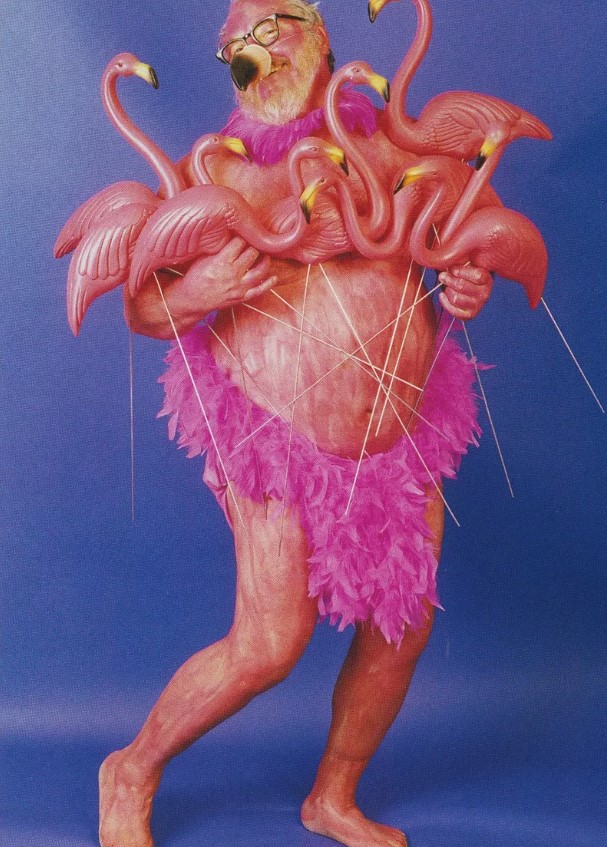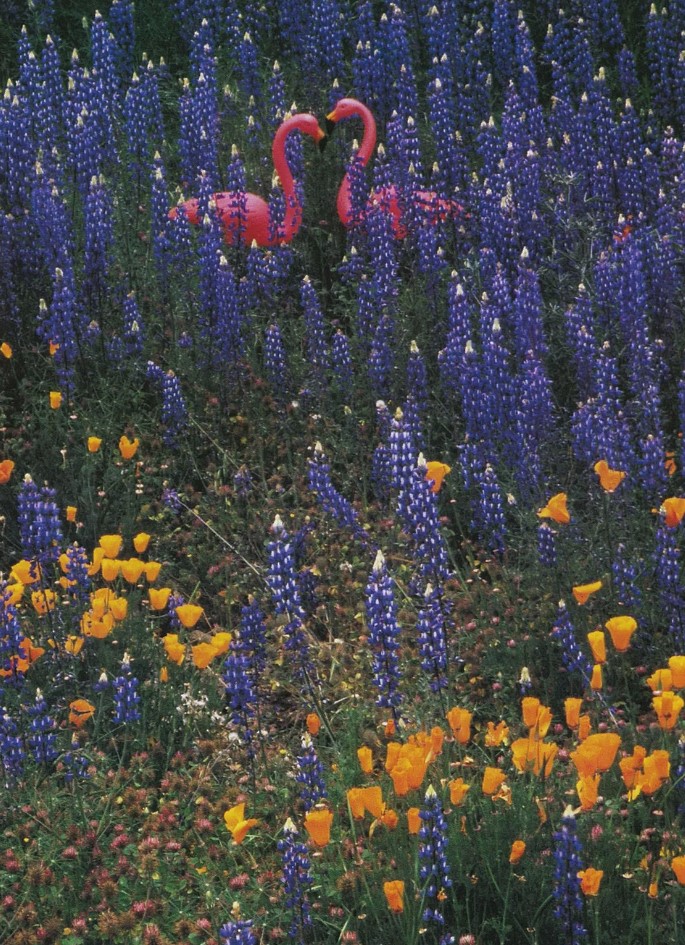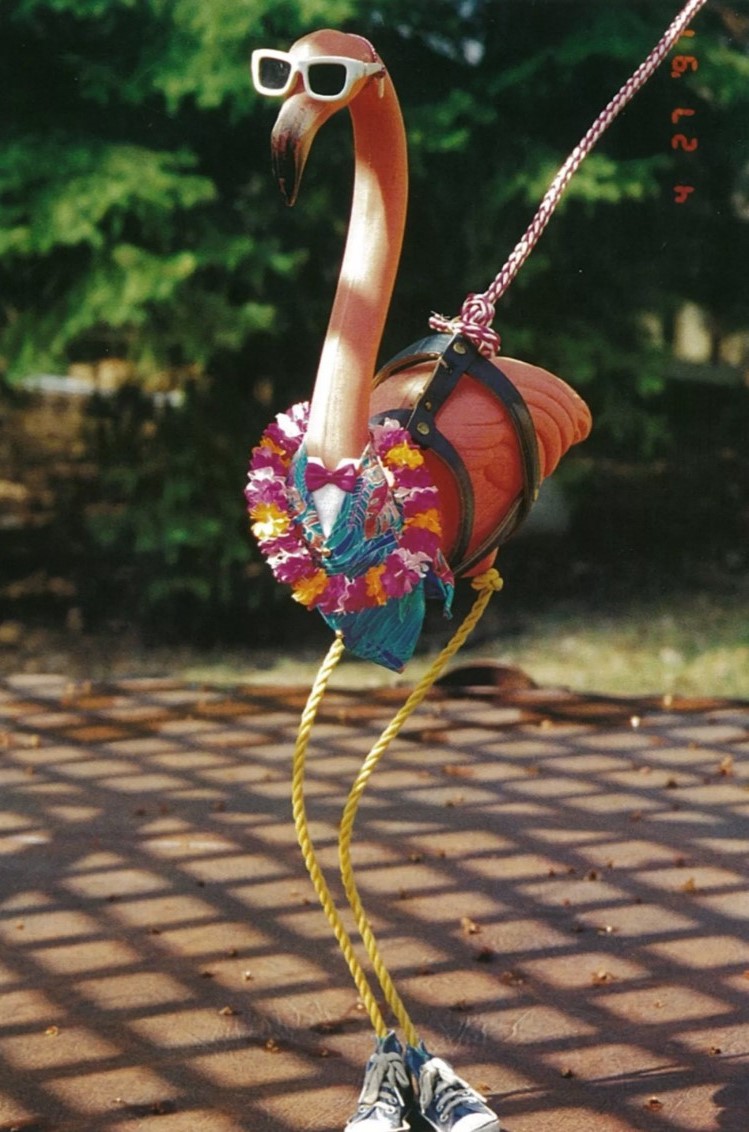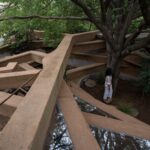While reading the journal article ‘Environmental Histories of Design – Towards a New Research Agenda’ by Kjetil Fallan and Finn Arne Jørgensen, what stood out to me while trying to fathom the pertinence of the topics that the authors were addressing was ‘The Pink Flamingo’ and what it symbolizes. Born and brought up in India, the relevance of the iconic lawn ornament was lost on me, and that unfamiliarity propelled me to read further about it.
“John Waters’ childhood yard was an exercise in good taste. His mother, the president of a local garden club, cultivated burgeoning flowerbeds and precise hedges. In their buttoned-up Maryland suburb, lawn ornaments of any kind, let alone plastic pink flamingos, were anathema. One house down the street had a fake wishing well and that was painful enough.” – skimming through multiple internet articles, this particular snippet from the Smithsonian magazine correlates to the gist of the initial response to ‘The Pink Plastic Flamingo’. The affordability of an aesthetic residential landscape, or the lack thereof, that led to the prevalence of the lawn ornament within the working class and the privileged upper class condemning the same is scrupulously evident.


Jennifer Price’s notion in ‘Flight Maps: Encounters with Nature in Modern America’ that for Americans, most everyday encounters with the natural world take place through mass-produced culture is supplemented with the understanding that the hot pink, “exotica of Florida” outsold its compeers as it transitioned from being an emblem and a prompt venture of beautification of more indigent neighbourhoods to distressing the middle-class urge for sophistication and also being ridiculed as “kitsch” by the upper class, and to finally being an elitist inside joke that insinuated their “good taste” by drawing a contrast to the working class “tackiness”. The fact that the flamingos which were hunted to extinction before the 20th century in Florida were now materialistically propagated out of its ecological context as “an essential contribution to folk art” in Massachusetts, coupled with the probability that people associate the term “Pink Flamingo” to the plastic artifact than the actual bird itself is ironically amusing. Price also argues that this “symbol of artifice is actually nature incarnate” because it is, after all, a product of petroleum and metal, “nature mined, harvested, sold, heated, boxed, resold and shipped.” (Matthew Wills, 2017). Nature and Artifice are two sides of the same coin, she demonstrates. (Fallan and Jørgensen, 2017)
Today the plastic pink flamingo lives on, illustrating just how far the bird has migrated among American classes and tastes. (Annie Dell’Aria, 2015)
References –
Willis, Matthew. “How the Plastic Pink Flamingo Became an Icon”. July 19,2017. Available at – https://daily.jstor.org/how-the-plastic-pink-flamingo-became-an-icon/
Tucker, Abigail. “The Tacky History of the Pink Flamingo”. September, 2012. Available at – https://www.smithsonianmag.com/arts-culture/the-tacky-history-of-the-pink-flamingo-18191304/
Gotthardt, Alexxa. “How One Man’s Pink Plastic Flamingo Landed on Lawns across the World”. June 5, 2018. Available at -https://www.artsy.net/article/artsy-editorial-one-mans-pink-plastic-flamingo-landed-lawns
Dell’Aria, Annie. “From kitsch to Park Avenue: the cultural history of the plastic pink flamingo”. July 22, 2015. Available at – https://theconversation.com/from-kitsch-to-park-avenue-the-cultural-history-of-the-plastic-pink-flamingo-43987
Fallan, Kjetil, Jørgensen, Finn Arne. (2017) ‘Environmental Histories of Design: Towards a New Research Agenda’. Journal of Design History, 30 (2), 103-121








gmarmont
3 November 2023 — 11:09
It’s really good to see you extending your research beyond the assigned reading, but please remember not only to list your references at the end but also to cite the sources in the text. That aside, this is a valuable set of reflections on the ambiguous boundary between nature and culture, which you could have perhaps critically unpacked a little further.